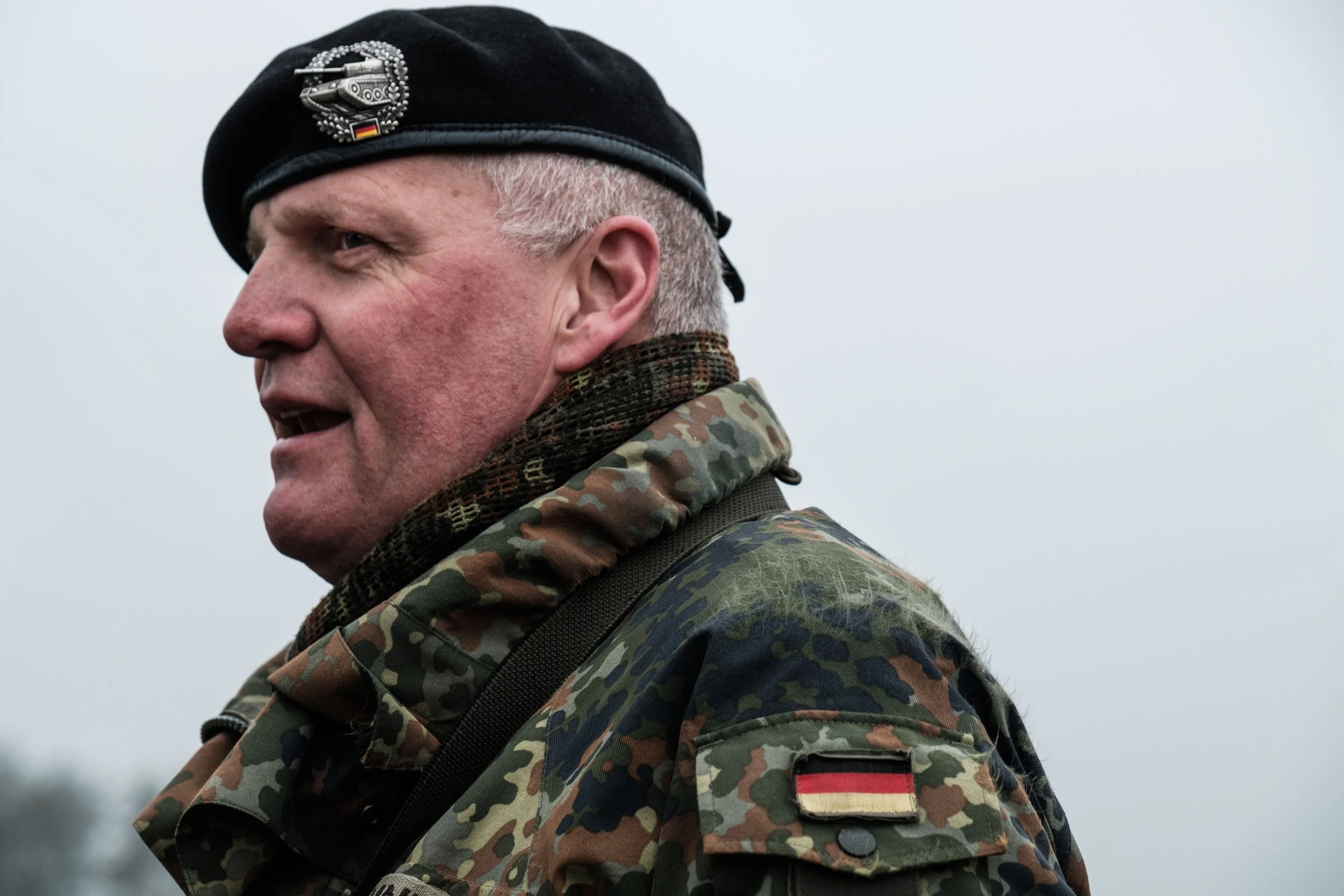The Recent Unrest in Kazakhstan: What Did Russia Gain and Lose from Intervening?
In January, Putin shifted his attention from the possible (further) invasion of Ukraine to dealing with a crisis to his south, in Kazakhstan. Protests began in the southwest city of Zhanaozen on January 2nd, in response to a proposed removal of a price cap on liquefied petroleum gas (LPG), which most Kazakhs use in their cars. However, protests quickly spread through the country and the scope of grievances broadened - by January 4th, protesters in Almaty, Kazakhstan’s largest city, were demanding political reforms. A violent crackdown, internet and communications blackout, and arrival of 2,500 foreign troops, including 2,030 from Russia, ensued. By January 11th, the situation was back under control. Given that the unrest was brief and located in Kazakhstan, and the world is already focused on the situation in Ukraine, it might seem like there were no significant impacts on regional geopolitics. This would be an incorrect assumption – Putin was the winner from the intervention in Kazakhstan.
The protests began because of anger at the government’s decision to lift the price cap on LPG, which would have caused a near-doubling in price. Most Kazakhs had begun to use LPG because it was cheaper than other forms of energy. However, as the protests continued, concerns over LPG prices shifted to broader political concerns, including economic inequality despite Kazakhstan’s abundance of oil. Protestors also began demanding broader democratic reforms, including the election, rather than appointment, of regional leaders and the removal of the former Kazakh President Nursultan Nazarbayev from Kazakhstan’s Security Council.
Once protests started, they escalated quickly. 44 people were confirmed to have died by the Information Ministry, over 1,000 were injured, and more than 8,000 were detained. A state of emergency, curfew, and blackout were introduced before Tokayev requested assistance from the Russian-led Collective Security Treaty Organisation (CSTO). The CSTO supplied 2,500 troops, and the protests were quickly controlled. Although the Kazakh government and Putin blamed external aggressors, including bandits and internationally trained terrorists, Kazakh President Tokayev made some concessions to the protestors. Tokayev delayed the removal of the price cap on LPG, which was the original source of grievances. Tokayev also removed Nazarbayev from his post on the Kazakh Security Council and arrested another official for treason.
Although the turmoil in Kazakhstan was internal, and Tokayev ended up giving into many of the protestors’ demands, these protests were important for Russia and Putin personally. Kazakhstan is a former Soviet Republic, but it is also a partner of the United States and Europe in Central Asia, despite its authoritarian tendencies. Kazakhstan is also an important partner for China. Kazakhstan is the centre of China’s economic and political goals and is where Xi Jinping first introduced the Belt and Road Initiative (BRI). China has invested more than $28 billion (£20.6 billion) in 55 projects in Kazakhstan through the BRI. 20% of China’s gas imports are from or travel through Kazakhstan, in addition to other types of cargo.
The protests in Kazakhstan therefore gave Putin a chance to reassert Russia’s domination over its former Soviet sphere of influence in more ways than one. First, although CSTO was already dominated by Russia, the intervention solidified Russia’s influence over the organisation and its members – Armenia, Belarus, Kazakhstan, Kyrgyzstan, Tajikistan, and of course, Russia. Not only did Belarus’ President Alexander Lukashenko already owe Putin for his legitimacy after the protests in Belarus in 2020, now Kazakhstan’s President Tokayev is also reliant on Russian support. Additionally, Armenia’s support for the intervention shows increased pro-Russia sentiment. Both Putin and Xi Jinping mentioned the importance of protecting against “colour revolutions” in Kazakhstan, but Armenia’s current Prime Minister, Nikol Pashinyan, rose to power in the 2018 Armenian “Velvet Revolution.” Pashinyan’s support for intervening to squash a democratic protest is an interesting turn of events that shows Russia’s strength.
Second, as Russia gained influence in Kazakhstan, China lost some influence. However, as long as Chinese investments and economic activity remained unaffected, China would have been just as willing to work with a brand-new government if the protests had resulted in overthrowing the government, as with the Tokayev government. However, Tokayev has become more reliant upon Putin for supporting him and might be more inclined to support close political relationships with Russia in the future.
Third, the Russian-led CSTO used the opportunity to intervene to stabilise domestic unrest for the first time in its history. Armenia and Kyrgyzstan, two CSTO member states, had previously requested assistance with domestic unrest, but the CSTO did not intervene. This was CSTO’s first opportunity to flex its muscles, and it succeeded.
Lastly, there were no real downsides for Putin. In contrast to the situation on the Ukrainian border, the West largely ignored the unrest in Kazakhstan or made brief remarks filled with platitudes about upholding democratic values. Russian troops were in-and-out of the country and did not suffer casualties. Russia did have to move troops that might have been used in the Ukrainian border troop build-up, but as of right now, it is only a build-up, so the 2,030 troops used in Kazakhstan were not significant. Thus, Putin might be able to use the Kazakhstan model to identify the West’s boundaries for Russian intervention in foreign countries.
Although the unrest in Kazakhstan was short-lived, the geopolitical implications of Russia’s actions, along with the other CSTO members, shifted the regional dynamics of Central Asia. Russia ‘won’ the unrest in Kazakhstan, and the implications of Russia’s dominance over the CSTO, and Kazakhstan, will be important to watch for years to come.
Image courtesy of the Ministry of Defense of the Russian Federation, © 2022, some rights reserved.
The views and opinions expressed in this article are those of the author and do not necessarily reflect those of the wider St. Andrews Foreign Affairs Review team.



